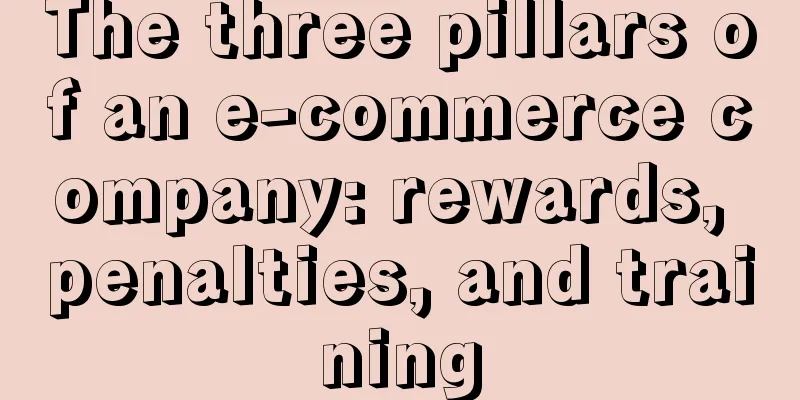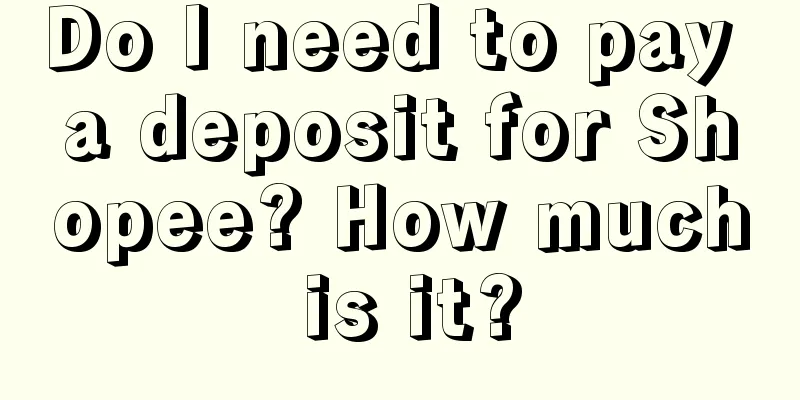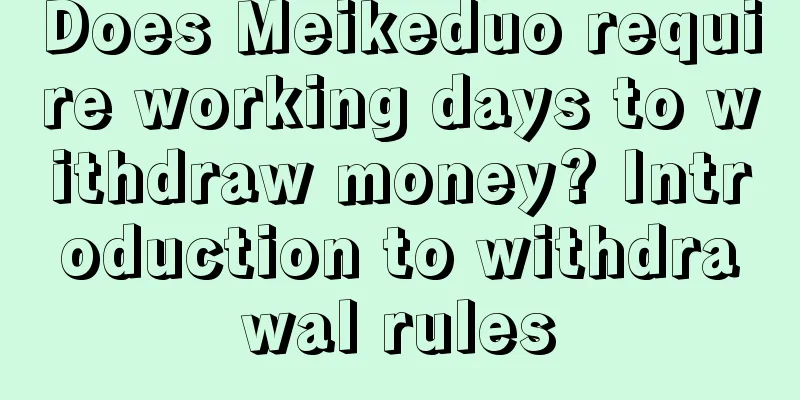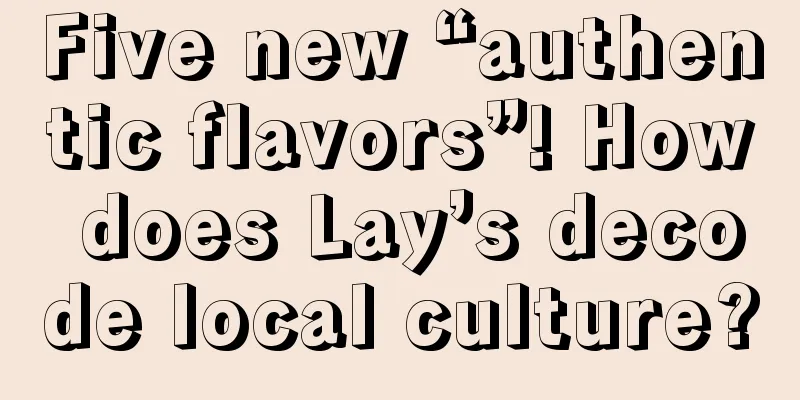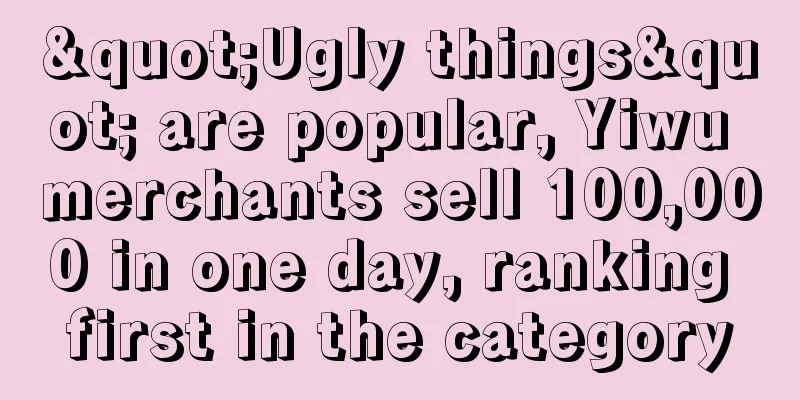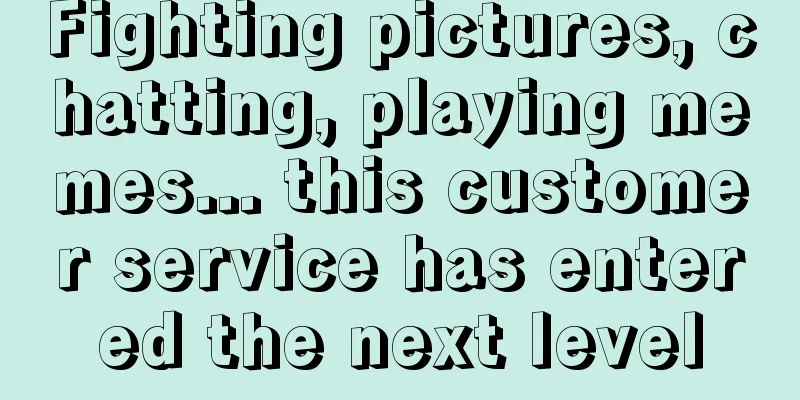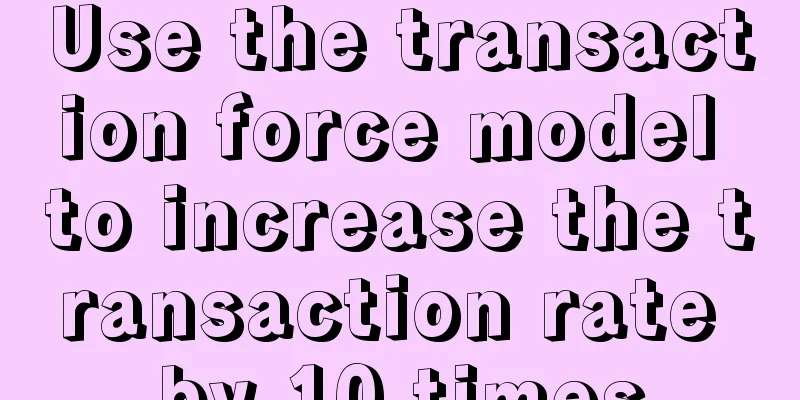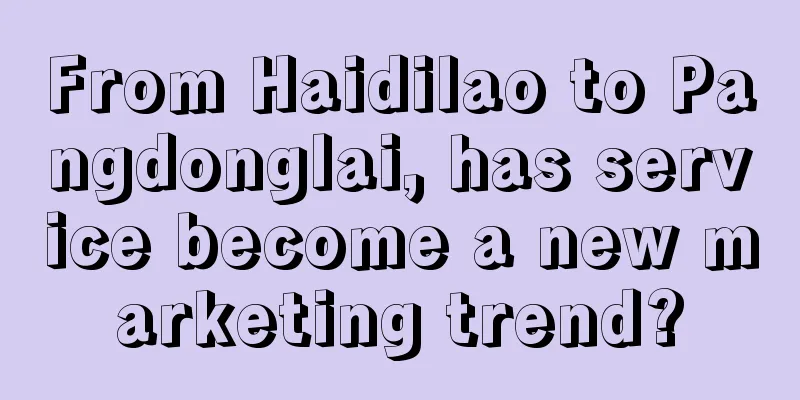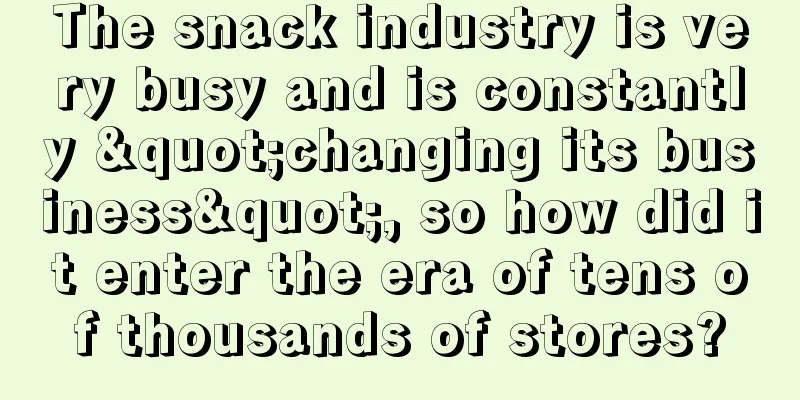You have made so many earth-shaking advertisements, why are they useless?
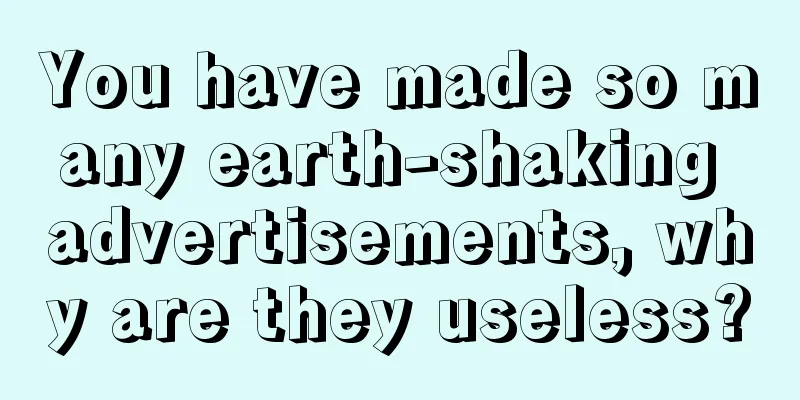
Many ways of influencing behavior are not noticeable. Will Smith starred in a movie called Focus, which contains a classic scene: During a football game, Smith bet against a "gambler". After losing all his money, he decided to play a "big one" one last time. Smith asked the "God of Gamblers" to write down a random jersey number, and then asked his girlfriend to guess blindly. If his girlfriend guessed correctly, she would win back the money. You know, the "God of Gamblers" and his girlfriend didn't know each other, so the probability of guessing correctly was about "0". As a result, the jersey number written by the God of Gamblers was 55, and the number guessed by his girlfriend was exactly "55"! In fact, this result was not due to good luck, but Smith had "manipulated" the mind of the "God of Gamblers" from the beginning. He secretly investigated the whereabouts of the man and planted many "55"s in the elevator, lobby, and outside the stadium where he had to pass. Along the way, the calendars, road signs, advertisements, and jerseys that the "God of Gamblers" saw were all filled with the number "55". This number was implanted into his subconscious mind, and the man did not realize that his consciousness was being "manipulated". Many human behaviors are controlled by the subconscious in the brain. The so-called subconscious refers to the thinking activities that the brain runs on its own and we are not aware of. Don't think that movies are fictional. In real life, "subconscious controls behavior" often happens. For example, many people who are trying to lose weight have heard this advice: "When you feel like eating too much, look at the blue food pictures." The principle behind this is that in primitive times, many blue foods were poisonous. Over time, as long as people see blue food, their brains will automatically secrete a "rejection" hormone. Blue food has become something that even our subconscious mind resists. When George W. Bush ran for president of the United States in 2000, he also used "subliminal" advertising to influence people's choices. They made an ad like this: when the announcer was criticizing his opponent Gore's health care reform plan on TV, the word "Rats" appeared in the same frame. Because the word flashed for a very short time, many people did not notice it. But many psychological experts say that Bush Jr. manipulated people's subconsciousness because people's subconsciousness reacts faster than vision. When "Rats" and "Gore" appear together, the eyes don't notice it, but the brain has already associated "Gore" with an unreliable person. What this incident inspired me is that when we want to influence someone, we should not think that the stronger the “signal”, the greater the impact on the other person. Think about why your mom yells at your dad every day, "Remember to turn off the light in the bathroom," but your dad never remembers. If you think about this, you will understand why you spent so much money and made so many earth-shaking advertisements, but it still doesn't work. Traditional advertising thinking is to grab the user's attention. For example, it is necessary to grab the opening screen position of the APP, because the visual impact of the opening screen advertisement is strong enough. For example, some customers who placed TV advertisements in the past would deliberately increase the volume of the TVC in order to grab the audience's attention. But with the progress of brain science, we gradually understand that this method of competing for the loudest voice is not necessarily the most efficient method, at least not the only method. Many human cognitions and behaviors often change when we are not aware of them. Instead of breaking through the firewall in the brain, sneaking into the firewall is also a method. This time we will study this topic: How to use "subconscious mind" for marketing? 01 Use the associative mechanism in the brain to advertiseMcDonald's brand colors are red and yellow. Especially the big golden arch, you can see it from a long distance. However, they chose these two colors as the main colors not just for the sake of being conspicuous, but because red and yellow can arouse appetite and make you feel hungry. Moreover, passionate colors not only stimulate appetite, but also make diners feel restless and unable to stay in the restaurant. Because McDonald's is a fast food restaurant, if customers sit and chat after eating, the turnover rate will be very low, and red and yellow can just "drive" customers away. In addition to colors, there are many other "cues" in our lives that do not require reminders from others and have become subconscious reactions of our brains. As long as we see them, we will have specific associations. Let's play a connecting game. Don't look at the answer first. Please connect the things on the left with the feelings on the right: Come and see if your choice is as follows: I didn't give any hints, but everyone had common associations with each word. Psychologist Buck once conducted an experiment: He asked housewives to try different colors of washing powder. When the washing powder particles were red, everyone felt that it burned their hands and made their hands rough. When the particles were changed to yellow, everyone complained that the clothes were not washed clean. But when the color of the washing powder was changed from yellow to blue, everyone said it washed the clothes the cleanest. In fact, these laundry detergents are all the same, and the so-called difference in effects brought by color is nothing more than people's subjective association. Both the dot-connection game and the laundry detergent experiment tell us that the human brain is an association machine that subconsciously gives meaning and connections to different things. Moreover, many associations are shared by all humans. Therefore, when a brand wants to convey a certain message, it can use this common association of human beings to advertise. The characteristic of this kind of advertising is that it can break down the psychological defenses of consumers and quietly lead the user's attention to where you want them to pay attention. This is what I call "advertising that sneaks into the firewall." Moreover, this kind of association is particularly suitable for brands to convey information that is difficult to convey clearly through words. 02 Delivering information that is difficult to convey with languageFor example, some consulting firms often position companies as “high-end”, but most of them fail. Because high-end is not a message or a simple concept, but an experience and a feeling. If a brand is really positioned as high-end, it is useless to just shout slogans. Its advertisements must look for high-end images to create a high-end image. "I always want to look at the moonlight in your room." - The Peninsula Hotel, Hong Kong Zhang Ailing wrote this classic quote in "Love in a Fallen City", making the English afternoon tea at the Peninsula Hotel in Hong Kong a must-visit for celebrities in Hong Kong. How did Zhang Ailing make the Peninsula Hotel a synonym for "high-end" with just one sentence? Because Zhang Ailing was a lady from an old-fashioned family, her life experience, her gorgeous writing, and the characters she wrote all conveyed the glitz and glamour of old Hong Kong. Therefore, the advertisement of the Peninsula Hotel in Hong Kong is not selling "moonlight" but selling associations. For example, the Mu Xin Art Museum in Wuzhen was built to commemorate Mr. Mu Xin. However, Mu Xin's uncle, the great Chinese writer Mao Dun, was also from Wuzhen and was more famous than Mu Xin. Have you ever thought about why it is the Mu Xin Art Museum instead of the Mao Dun Art Museum? Because Mu Xin was born into a noble family, his writings are more petty bourgeois and Western, and his image is more fashionable, the Mu Xin Art Museum will make Wuzhen look more "high-end". However, Mao Dun's works are too great and glorious, too bitter and vengeful, conveying a strong flavor of the working class and peasant class, which is not so suitable for the image of Wuzhen. Back to the brand, when Huawei first started to pursue the "high-end" route, it promoted a product selling point called "Leica camera." Leica represents the "high-end, top-level" in cameras, and Leica was founded in 1914, and its high-end image has been passed down for hundreds of years. Huawei has allowed Leica's "high-end" soul to pass on to itself, which indirectly allows users to accept Huawei's high-end. Similarly, how can a brand convey the message of "safety and reliability"? It can use a German shepherd as the protagonist in the commercial, because dogs represent loyalty and perseverance in people's subconscious. How can a brand make itself look "real"? I think Lei Jun's face is the best endorsement. How can a brand make itself look "cool"? Acer and Ferrari have collaborated to produce a laptop called the Ferrari 3000. When this computer is turned on, it makes a roar like a racing engine. When people turn on the computer like driving a sports car, they naturally think it is cool. How can a brand make customers feel that its products are of "good quality"? We have a client called Qumei Home Furnishing. When we were doing research, many old customers said that Qumei's products were of good quality. They thought that a big part of the reason for the good product quality was that Qumei's furniture was very heavy, and the physical feel made people feel that it must be made of real materials. There are two types of information that a brand needs to convey: one is language information and the other is feeling information. Language information is abstract, it is a word or a sentence. Feeling information is slightly more complex, it is a mixture of color, sound, layout, story and other factors, giving people a feeling. For many brands, conveying non-verbal feelings is more important than conveying language information. For example, Nike’s campaign themes are constantly changing. Let me list a few of them: Keep running and the day will dawn by itself, even if it’s just a small step, come before the future, who says women can’t fly high… Although the theme of each Nike campaign is different, they have been using different content to convey the brand’s passionate spirit of “Just do it”, and this spiritual feeling has never changed. For example, we never remember what the slogan of Coca-Cola is, but we can always feel the happiness that Coca-Cola represents. The reason why many local big brands cannot become Nike and Coca-Cola is that they have not learned how to express their own culture and values from expressing selling points. Culture and values are actually a kind of "feeling information". You can't convey it with a slogan. You must learn to combine images and use non-verbal information to convey it. What’s interesting is that we can use colors, sounds, images and other relatively figurative information to convey very rigid language concepts. Similarly, these rigid language concepts can also distort our senses in turn. 03 Reversing sensory cognition with languagePsychologists have conducted an experiment: in a restaurant, if you add some adjectives to the dishes, such as "crisp and refreshing cucumbers", "silky and soft mashed potatoes", "beets roasted in the rich aroma of arugula"... people will think that these dishes are more delicious than those without modifiers. This is actually because modifiers affect our senses and trigger the brain's association with taste. Not only do modifiers affect people's feelings about a product, but even the price can affect people's judgment. Psychologists also conducted a wine test. They asked a group of people to taste wine and told them: "There are two glasses of wine in front of you. One is ordinary wine and the other is a top-notch wine worth $90 a glass." In fact, the two wines were identical, but brain-monitoring equipment showed that when people tasted the "premium" wine, the areas of the brain that govern pleasure and reward became unusually active, and people said that the "premium" wine tasted extraordinary. Products are content. Whether users buy or not, whether they like or not, is not only determined by the quality and taste of the product itself, but also by the color, description, and style of the product, which all affect the user's perception of it. So, when my clients want to do taste research with unpackaged samples, I often stop them. I tell my clients: Packaging is also part of the taste. How users feel when they see the packaging and the experience of opening the packaging directly determine whether they will find it delicious. 04 Transform “subconscious associations” into products We can also transform subconscious associations into something visible, so that people act without thinking and recognize your product quickly and spontaneously. This design is based on Naoto Fukasawa's observation of people's subconscious behavior - when people return home, they always put down their keys and turn on the table lamp, but when they go out, they always forget to turn off the light. Therefore, he designed this table lamp with a plate-shaped base. Naoto Fukasawa also designed a CD player like this: Before this, people had never seen a CD player of this shape, but Naoto Fukasawa was not worried that users would not understand it. This was because it was a "subconscious design". Its prototype was the common exhaust fan, and people would pull it involuntarily when they saw the rope. To do a good job of "subconscious design", you need to pay attention to some small details in the user's life and integrate them into the product design in a way that the user himself is not aware of, so as to solve a specific user pain point or business problem. For example, fast food restaurants like McDonald's and KFC like to play music with cheerful rhythms. In fact, this is also to "drive away" customers, because people cannot stay in a fast-paced environment and will unconsciously want to finish their meals and leave quickly. Compared to fast food restaurants, the music in some elegant western restaurants and coffee shops is generally soothing, in order to retain customers and make them stay longer. The music played in nightclubs is very dynamic, and when people hear this kind of music, they can't sit still at all and will habitually jump up and twist their body. There are many subconscious associations in our lives, such as wanting to press a button when we see it, wanting to open a red envelope when we see it, always walking along the blind lane, etc. Instead of spending a lot of effort to get users to recognize you, it is better to use these subconscious associations to quickly shape user behavior. 05 ConclusionTo do "subconscious" marketing well, we need to understand the associative mechanism of the human brain. We must learn to use information from images such as color and sound to convey rigid language concepts, and we must also learn to use language to reverse the user's sensory cognition, and even transform "subconscious associations" into products. Remember, if you can get into the user's "subconscious" and make him accept you actively, don't try to persuade him with earnest words. Author: General Liang Source: WeChat public account "General Liang (ID:liangjiangjunisme)" |
<<: 10 Marketing Trends for 2023
Recommend
"Internet celebrity with millions of fans" Xiucai title: neglected emotions of middle-aged and elderly people and the neglected silver hair market
Xiucai, who frequently appears in shy actions, has...
Behind the “rumor-busting”, Douyin Takeaway explores the “interest business” with high customer unit price
In the past three years, Douyin has been making st...
How did the Director of Culture and Tourism in the short video become popular?
Short videos have become a very popular way to spr...
With sales of 2.7 billion US dollars, how do ugly shoes attract young people?
After the release of the movie "Barbie",...
Shopify to expand Shop Promise to all US merchants
Shopify President Harley Finkelstein said in a rec...
2024, Become a Brand that Listens to Advice
As the saying goes, listening to others' advic...
How much discount does Amazon offer during Black Friday? What are the discounts during Amazon Black Friday?
Every November is a month of crazy shopping for co...
For those who know sales best, why is it still so difficult to build a brand?
In the e-commerce arena, brands and platforms are ...
Is eBay's Canadian site easy to operate? How to choose a site?
eBay has many sites around the world, including bu...
After reviewing the case in March, I have a new understanding of holiday marketing
This article shares new thoughts on festival marke...
When you have an idea, you write it.
This article is about writing when you have an ide...
The Rational Side of Delayed Gratification
Delaying gratification is not an absolute concept,...
Taobao and JD.com competed in a 50% discount war, but in the end, no one was hurt
Recently, Taobao and JD.com have launched 50% off ...
30 things brand owners need to know when launching Xiaohongshu!
If you want to make efforts on Xiaohongshu, you mu...
Soy sauce latte, that’s it?
Jiangxiang Latte is a hit! The topic has even spre...
